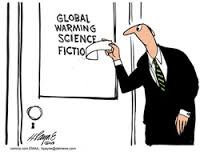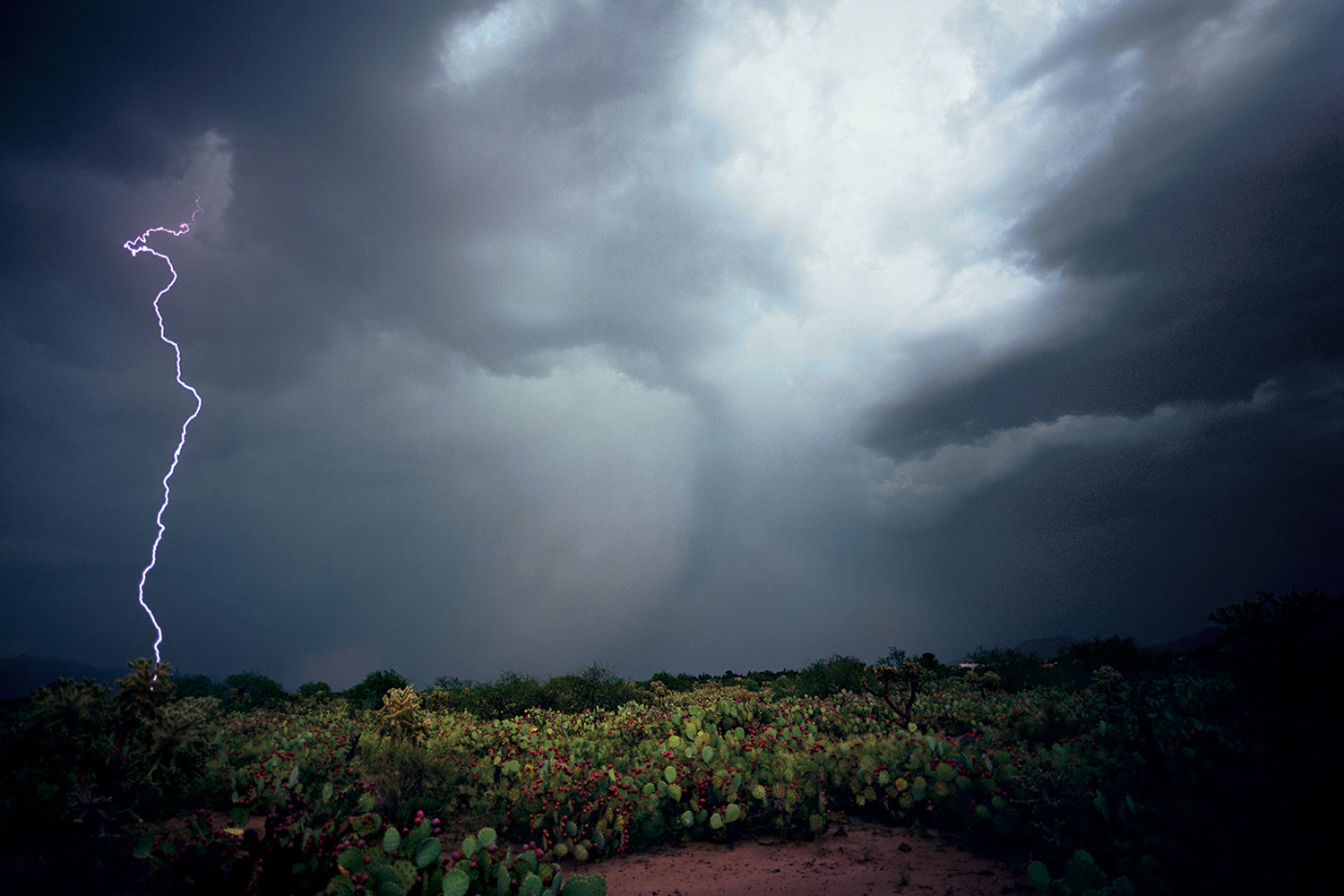It’s not sexy. It doesn’t work well on a bumper sticker easily. It doesn’t bring in big donations to charities or get people energized. But infrastructure is the key to our future survival and prosperity. A continually changing climate and environment necessitates advancing infrastructure renewal to keep pace. In Bill McKibben’s Eaarth, a new world is described that is radically different than the one we currently enjoy, and one that we may even begin to experience within our lifetimes. The effects of global warming on this new world, Eaarth, will have serious economic repercussions; for example, Hurricane Katrina caused about $108 billion of damage in the United States. The infrastructure that was in place before the storm was severely insufficient to match the storm, even though predictions had been made before the storm hit in 2005 that the infrastructure needed to be beefed up in case of a direct hit by a hurricane. Had the city’s infrastructure been attended to before the storm, the economic and personal costs to the people of New Orleans would have been far less severe.
A well-maintained infrastructure is pivotal to whether or not we can maintain the lifestyles we have grown accustomed to. If any more delay persists, the global economy will be dangerously unprepared for the looming fate that awaits us just over the horizon. Shocks on the scale of Hurricane Katrina are not going away; they’ll be a fact of life, and we need to be proactive with precautionary measures and fundamental changes to our economic and physical landscape in order to weather the impending storm (pun intended).
However, McKibben is not suggesting just throwing money randomly on infrastructure renewal projects; he implores a smarter, long-term planning perspective that takes into consideration the changes that will happen not only in the next decade or two, but over the next century. Rising sea levels will submerge coastal roads and bridges around the world; rather than repairing those that most likely will be inaccessible in a few years, it’s more effective to repair infrastructure that is out of the danger zone and that will be available for use further into the future. If we’re smart about what and how we overhaul our infrastructure systems, we’ll be far better prepared to withstand what lies ahead.
McKibben said “we’ve got to harden our communities so they can withstand the couple of degrees of global warming that are now inescapable.” Investment in infrastructure is not only to ensure our long-term prosperity, although it is that; it is also to guarantee and protect our ability to adapt and function in the ever-changing world and to survive. Everything is at stake, and it won’t be easy to defend it. But, when you weigh the options, the course of action is clear.



